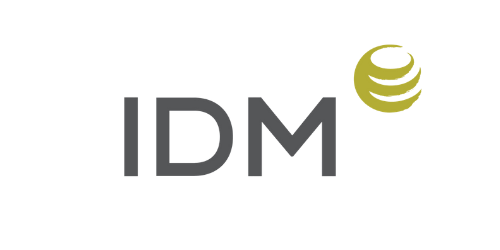Strengthen your L&D effort
With the recent and rapid changes in the learning industry, shouldn’t the efficiency and accuracy of learning be accelerating? Research suggests that it isn’t… yet.
Whilst AI, machine learning and on-demand digital channels have become ever more prevalent features of learning in recent years, it has taken a global pandemic to provoke the profession to quicken its pace.
Many L&D budgets are under pressure, and in response to the lock-down most have been repurposed towards remote learning. 75% of UK companies are reporting a significant shift to online and digital channels. This change is happening in concert with the re-packaging of content and an increased focus on quick and easy access to micro-learning.
The convenience and choice that accompany these developments are welcome. However, a commensurate uptick in the rate of re-skilling and value-for-money is not yet apparent.
A key issue that seems to be emerging is a growing supply problem. The majority of learning providers have rapidly adapted to digital and virtual delivery. This shift has amplified the huge volumes of online resources that are globally available, significantly increasing the supply. But this begs a question in response. What effective measures are organisations adopting to further clarify and refine the demand?
Without an appropriate balance between the two the learning function could miss the chance to accurately curate skills at scale, and instead become enmeshed in reacting to the ever-growing supply. If this happens then a new constraint to learning may emerge and the recent evolution of L&D may then herald an unexpected new paradox - better availability and choice of learning is unlikely to lead to (or may even inhibit..!) better productivity and performance.
If this paradox begins to take hold in your organisation, then you may find that you are overemphasising the ramp up of supply (whether from learning aggregators or an established PSL) and opening the aperture of the skills firehose yet further.
If so then consider the following 4 suggestions;
1. Ensure that the learners lead the learning, allow employees to co-design and shape their own journeys.
2. Turn L&D into learning brokers and the curators of organisational capabilities - avoid boxing them into sourcing or design.
3. Turn Line Managers into expert curators and architects of the skills and experience in their own teams.
4. Adapt your operating model so that it underpins and enables the above.
The above may also imply that we are still failing to teach the one critical skill that employees most need, perhaps now more than ever - the skill of learning how to learn.
In our view learning will best deliver results when it includes a strong emphasis on clarifying the demand, allied with the rapid and accurate selection and channeling of the supply - rather than visa-versa, which seems to be an emerging trap at the moment.
This has led us to create new services that can help with the above.
Contact us if you’d like to learn more.
